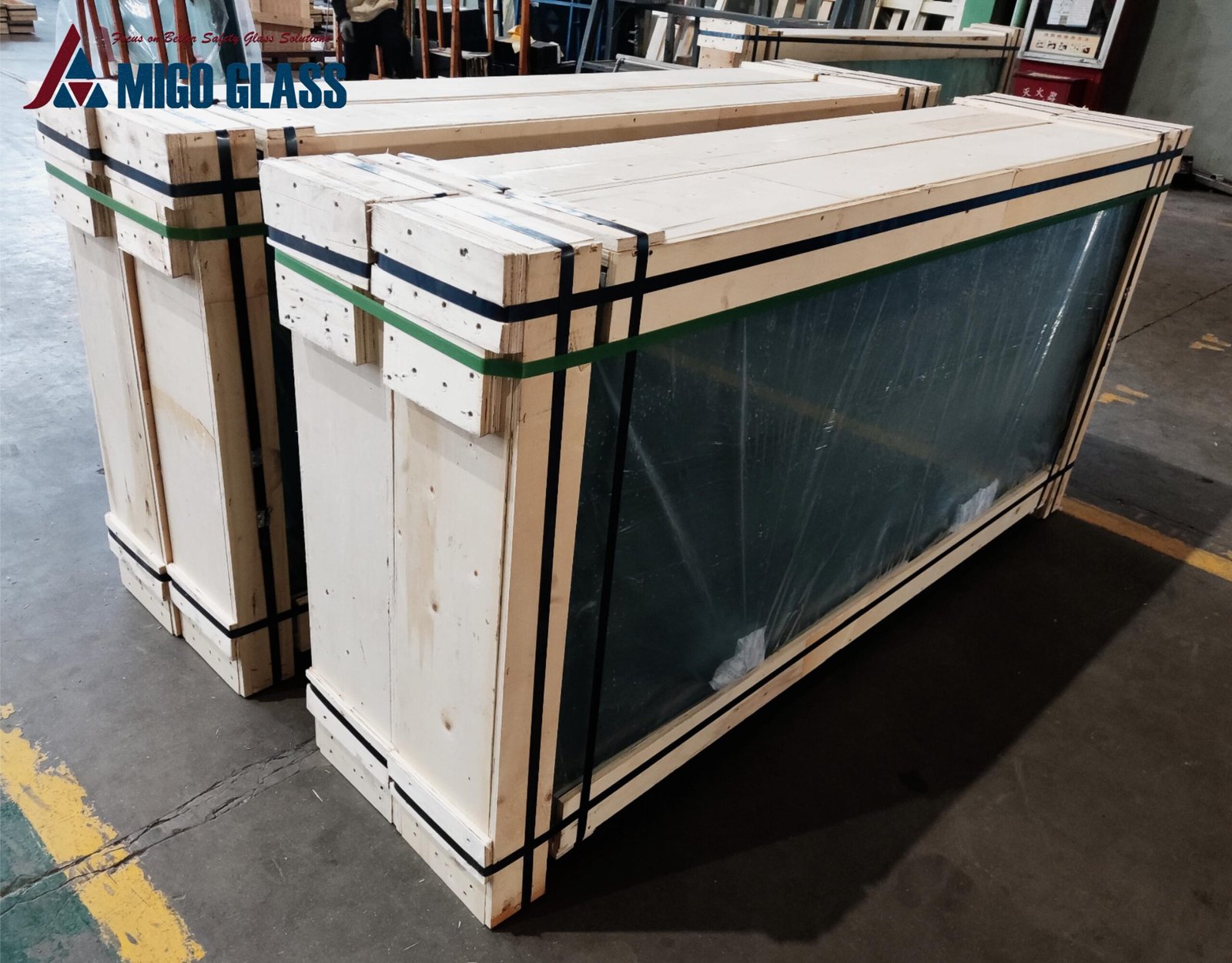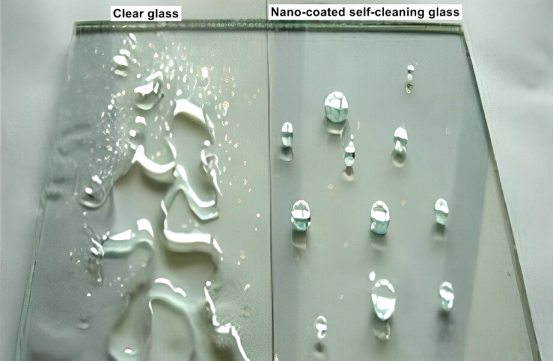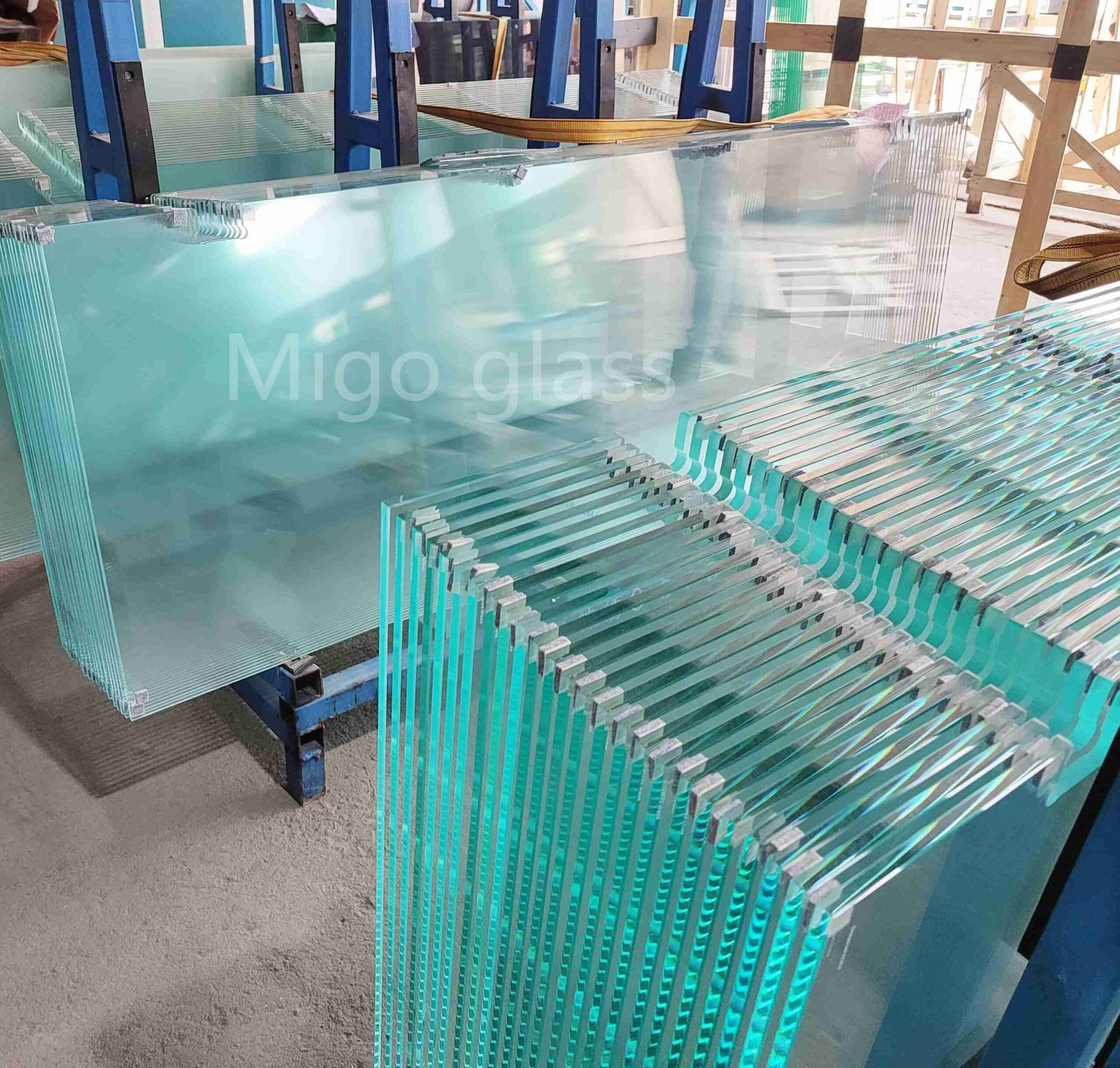When it comes to designing a shower space, the choice of glass is one of the most critical decisions for both functionality and aesthetics. As a shower glass manufacturer, it’s essential to understand the various types of glass, their thicknesses, sizes, and installation methods. This article provides an in-depth look at these aspects to help customers make informed decisions.
Types of Shower Glass
1. Tempered Glass
Tempered glass is the most popular choice for shower enclosures due to its strength and safety features. It is produced through a process of extreme heating and rapid cooling, making it much stronger than regular glass.
Advantages:
- Safety: If broken, tempered glass shatters into small, blunt pieces, reducing the risk of injury.
- Durability: It can withstand high temperatures and is less likely to break under impact.
2. Laminated Glass
Laminated glass consists of two or more layers of glass bonded together with a plastic interlayer. This type is less common but offers unique benefits.
Advantages:
- Sound Insulation: The interlayer helps reduce noise, providing a more tranquil shower experience.
- Safety: Similar to tempered glass, if broken, the glass fragments adhere to the interlayer, minimizing the risk of injury.
3. Frosted Glass
Frosted glass is treated to create a translucent surface, providing privacy while allowing light to pass through.
Advantages:
- Privacy: Ideal for shared bathrooms or when privacy is a concern.
- Aesthetic Appeal: Adds an elegant touch to the shower space.
4. Clear Glass
Clear glass is a classic choice that provides an open and spacious feel to the shower area.
Advantages:
- Versatility: Works well with various design styles, from modern to traditional.
- Light Transmission: Maximizes natural light, making the bathroom feel brighter and larger.
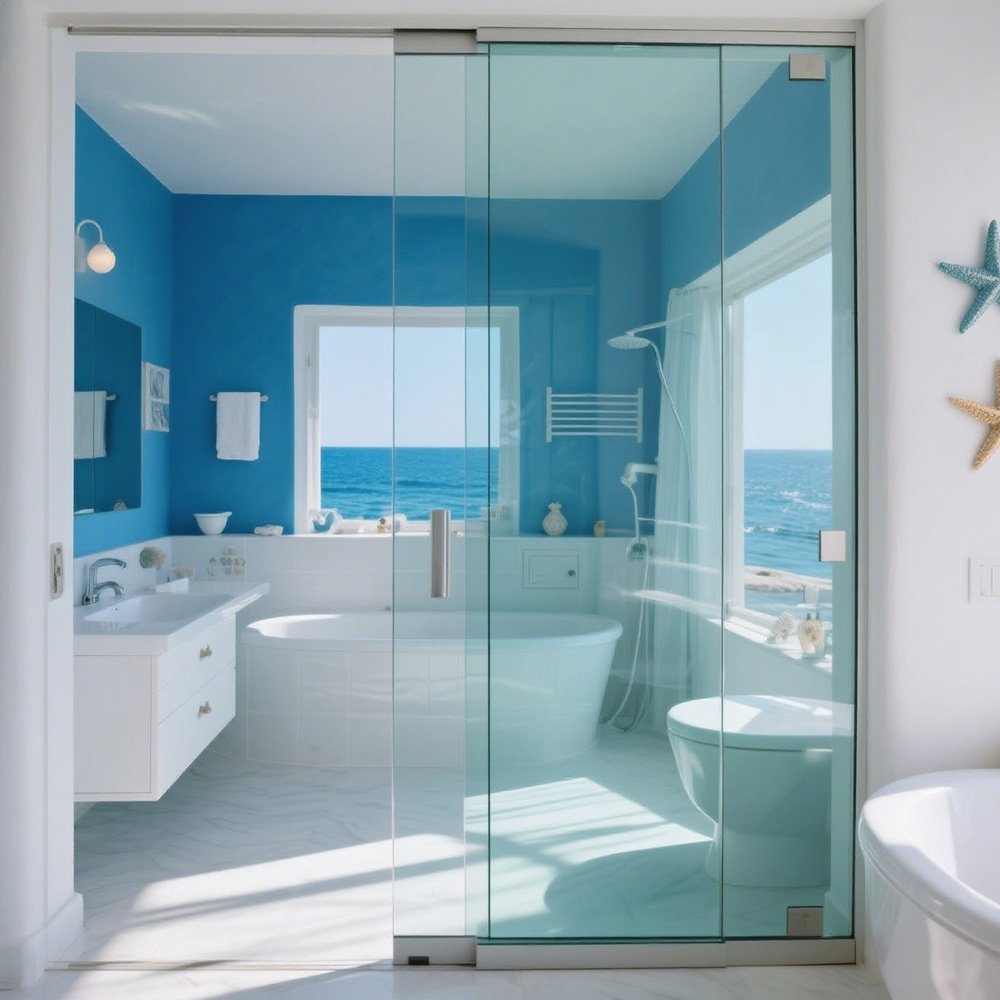
5. Patterned Glass
Patterned glass features decorative designs that can add a unique style to the shower space.
- Advantages:
- Aesthetic Variety: Comes in various patterns, allowing for personalized design choices.
- Light Diffusion: Provides some privacy while still allowing light to enter.x
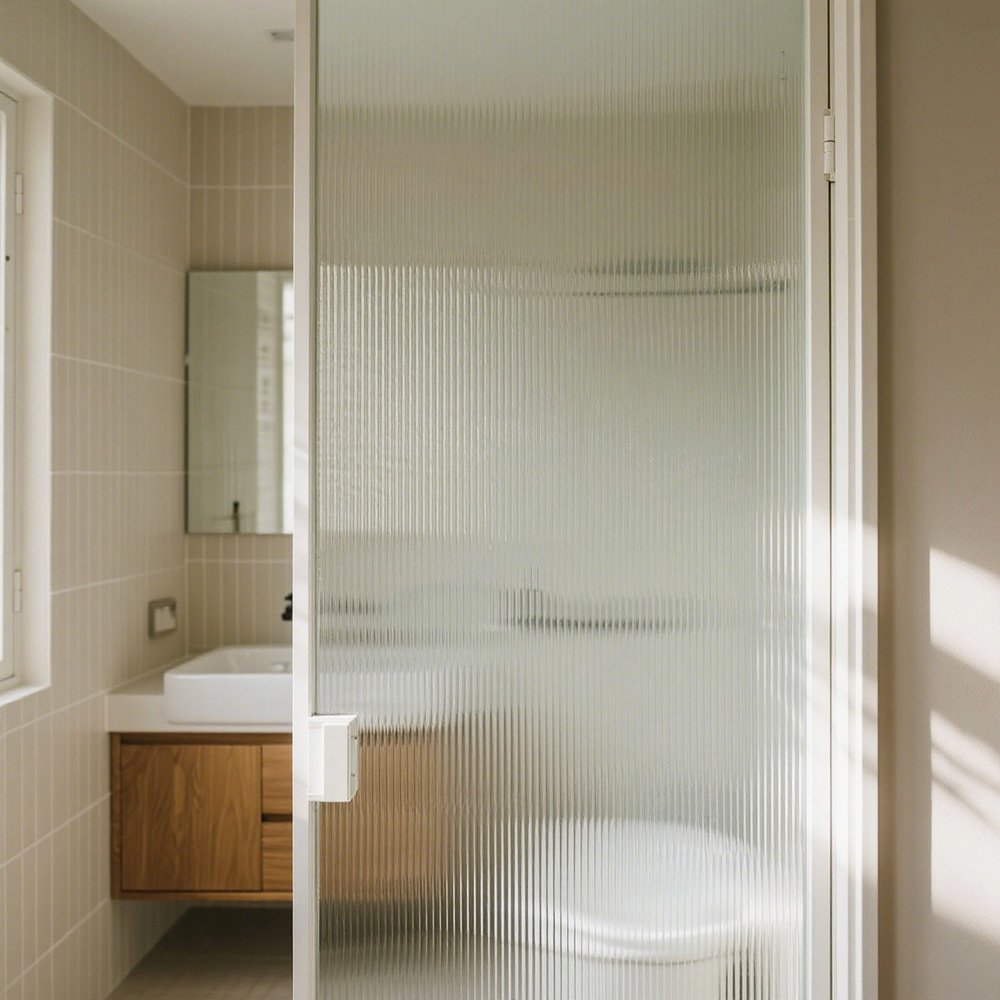
Thickness of Shower Glass
The thickness of the glass used in shower enclosures plays a significant role in both safety and aesthetics. The most common thicknesses are:
3/16 Inch (5 mm)
This thinner glass is typically used for lighter-weight shower doors. It is less expensive but may not be as durable as thicker options.
1/4 Inch (6 mm)
1/4 inch glass is a popular choice for standard shower enclosures. It balances cost and durability, providing a sturdy option for most applications.
3/8 Inch (10 mm)
Thicker glass, such as 3/8 inch, offers increased stability and a more upscale appearance. It is less prone to bending and is often used in custom shower designs.
1/2 Inch (12 mm)
This thickness is typically reserved for high-end installations. It provides the maximum durability and a luxurious look, but it is also the most expensive option.
Choosing the Right Thickness
- Safety Considerations: Thicker glass is generally safer, especially in high-traffic bathrooms.
- Design Aesthetics: Thicker glass can enhance the overall look of the shower, creating a more modern and elegant feel.
- Cost: Thicker glass tends to be more expensive, so it’s essential to balance budget with design needs.
Sizes of Shower Glass
When selecting shower glass, customization is often necessary to fit specific bathroom layouts. Here are some common sizes to consider:
1. Standard Sizes
Many manufacturers offer standard shower door sizes, typically ranging from 24 to 36 inches in width and 72 to 80 inches in height. These sizes are suitable for most shower installations.
2. Custom Sizes
For unique bathroom layouts or designs, custom sizes can be created. This option allows for a perfect fit, ensuring that the enclosure looks seamless and professionally installed.
3. Frameless vs. Framed
- Frameless Shower Glass: Offers a sleek, modern look and can be customized to any size. The absence of a frame allows for an unobstructed view.
- Framed Shower Glass: Typically less expensive and available in standard sizes. The frame adds structural support but can detract from the overall aesthetic.
Installation Methods
Proper installation is vital for ensuring the safety and longevity of shower glass. Here are the primary methods used:
1. Wall-Mounted Installation
In this method, the glass panels are attached directly to the wall using brackets or clamps. This is common for frameless shower enclosures and requires precise measurements to ensure a perfect fit.
2. Hinged Door Installation
Hinged doors are mounted on a wall or a glass panel, allowing them to swing open and closed easily. This installation method is popular for both framed and frameless designs.
3. Sliding Door Installation
Sliding doors are mounted on a track system, allowing them to slide open and closed. This is an excellent option for smaller bathrooms where space is limited.
4. Corner Installation
For corner showers, glass panels can be installed to create a seamless look. This method often requires custom-cut panels to fit the angle of the shower.
Conclusion
Choosing the right glass for a shower enclosure involves considering various factors, including the type of glass, thickness, sizes, and installation methods. Each type of glass offers unique advantages, from the safety of tempered glass to the aesthetic appeal of frosted or patterned options. The thickness and size of the glass play crucial roles in durability and design, while proper installation ensures safety and functionality.
As a shower glass manufacturer, providing customers with detailed information on these aspects can help them make informed decisions that enhance both the beauty and practicality of their shower spaces. By understanding the options available, customers can create a personalized and luxurious shower experience that meets their needs and preferences.

